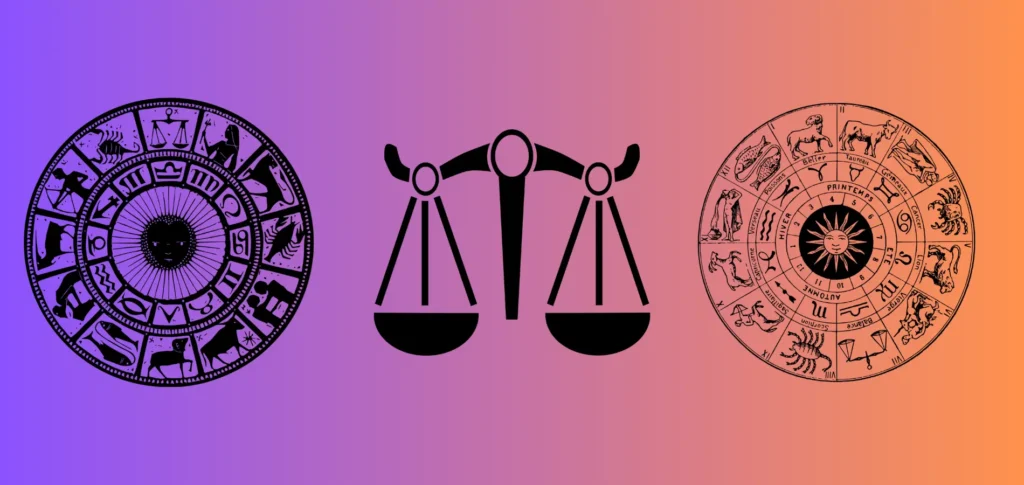Title: Catastrophic Collision in Bengal: Goods Train Hits Kanchanjunga Express Resulting in 9 Deaths and 41 Injuries
Introduction
On an otherwise ordinary day in Bengal, a tragic train collision led to the loss of nine lives and left 41 people injured. The incident involved a goods train colliding with the Kanchanjunga Express, one of the significant passenger trains in the region. This catastrophic event has not only brought immense sorrow to the families of the victims but also raised serious questions about railway safety and management in India. This report delves into the details of the accident, the immediate response, and the broader implications for railway safety in the country.
The Incident
The collision occurred on a fateful morning when the Kanchanjunga Express was making its routine journey. As the train was moving along its designated route, a goods train, reportedly traveling at high speed, veered onto the same track. The impact was devastating, causing several coaches of the Kanchanjunga Express to derail. Eyewitnesses described the scene as chaotic, with passengers screaming and many trapped under the wreckage.
Initial investigations suggest that the goods train may have run a red signal, leading to the collision. However, the exact cause of the incident is still under investigation, with authorities looking into various factors, including signal failure, human error, and possible technical malfunctions.
Immediate Response and Rescue Operations
The immediate aftermath of the collision saw a swift response from local authorities and railway officials. Emergency services, including ambulances and fire brigades, were dispatched to the scene. Rescue operations were launched to extricate passengers trapped in the derailed coaches. The local community also played a crucial role, with many volunteers assisting in the rescue efforts.
Despite the prompt response, the scale of the disaster made the rescue operations challenging. The severely mangled coaches required careful handling to avoid further harm to the trapped passengers. Medical teams worked tirelessly to provide first aid and stabilize the injured before transporting them to nearby hospitals.
Casualties and Injuries
The collision resulted in the tragic deaths of nine individuals. The identities of the deceased have been confirmed, and efforts are underway to support their families during this difficult time. Among the 41 injured, several are reported to be in critical condition, receiving intensive care in local hospitals. The injuries range from fractures and head injuries to severe trauma, highlighting the brutal impact of the collision.
Investigations and Accountability
In the wake of the accident, a comprehensive investigation has been launched. The Railway Ministry has set up a high-level inquiry committee to determine the cause of the collision. Preliminary reports indicate potential signal failure or human error as possible causes. However, the investigation will consider all angles, including the condition and maintenance of the railway tracks and the functioning of the signal system.
The railway authorities have assured the public that those found responsible for any negligence leading to the accident will face strict action. The incident has once again brought to the forefront the critical issue of railway safety in India.
Railway Safety in India: A Growing Concern
India’s railway network is one of the largest in the world, serving millions of passengers daily. However, it is also plagued with safety issues. Train accidents, though reduced in recent years, continue to occur, raising concerns about the effectiveness of safety measures in place. The Bengal kanchanjunga express collision is a grim reminder of the vulnerabilities within the system.
Several factors contribute to the safety challenges faced by Indian Railways. These include outdated infrastructure, inadequate maintenance, human error, and the sheer volume of train traffic. The collision involving the Kanchanjunga Express underscores the need for a comprehensive overhaul of the safety protocols and infrastructure.
Government and Railway Authority Response
In response to the accident, the government and railway authorities have pledged to take immediate corrective measures. The Railway Minister visited the accident site and met with the injured passengers and their families. He announced compensation for the victims and assured that all necessary steps would be taken to prevent such incidents in the future.
The railway authorities are focusing on enhancing the safety infrastructure, including upgrading signal systems, improving track maintenance, and investing in modern technology to monitor train movements. There is also a renewed emphasis on training for railway staff to minimize human error and improve response times during emergencies.
Public and Media Reaction
The collision has triggered a significant public outcry, with many questioning the safety measures and the accountability of the railway authorities. Social media platforms have been flooded with messages of condolences for the victims and calls for stringent action against those responsible for the lapse. The media has extensively covered the incident, highlighting both the human tragedy and the systemic issues that need to be addressed.
Lessons and Future Steps
The tragic collision between the goods train and the Kanchanjunga Express serves as a stark reminder of the urgent need for reforms in railway safety. While immediate relief and support for the victims are crucial, long-term measures must be implemented to prevent such incidents from occurring again.
Key lessons and steps for the future include:
Infrastructure Upgradation:
Investing in modernizing the railway infrastructure is imperative. This includes upgrading tracks, signal systems, and communication networks to ensure better coordination and safety.
Technology Integration:
Incorporating advanced technology such as automatic train control systems, GPS-based tracking, and real-time monitoring can significantly enhance safety. These technologies can help in early detection of potential issues and prompt corrective actions.
Staff Training and Accountability:
Continuous training programs for railway staff on safety protocols, emergency response, and the use of technology are essential. Establishing clear accountability and stringent penalties for negligence can also act as a deterrent.
Public Awareness and Participation:
Educating the public about railway safety and encouraging community participation in monitoring and reporting potential hazards can contribute to a safer railway environment.
Regular Safety Audits:
Conducting regular safety audits and inspections of the railway network can help identify and address vulnerabilities. Independent audits by third parties can ensure objectivity and thoroughness.
Improved Emergency Response:
Enhancing the emergency response mechanism, including better-equipped rescue teams, faster medical assistance, and efficient coordination among different agencies, can save lives and reduce the impact of accidents.
Conclusion
The collision between the goods train and the Kanchanjunga Express in Bengal is a heart-wrenching tragedy that has left a profound impact on the nation. As the investigation continues and the victims’ families cope with their loss, it is crucial for the authorities to take decisive actions to enhance railway safety. This incident should serve as a catalyst for comprehensive reforms aimed at ensuring the safety and well-being of the millions of passengers who rely on India’s railway network daily.
The road to safer railways is long and requires sustained effort and investment. However, with the right measures in place, it is possible to prevent such tragedies and build a railway system that is efficient, reliable, and above all, safe. The memories of those lost in this tragic incident should be honored through unwavering commitment to improving railway safety for all.
- Mahindra XUV 3XO: Is It Worth Your Investment? Expert Analysis.
- Force Gurkha Five door vs Three door: what’s different?
- Akshay Kumar Tests Positive For COVID-19
- The Attempted Assassination Of Donald Trump
- List of Elite Guests That Attended Anant And Radhika’s Wedding
- Should NOK Rules Be Revised?
- Noise 4 Wireless Headphones To Launch In India on July 12
- Karnataka Man Distributes Sugar for T20 World Cup Win
- Menstrual Leave in India: Supreme Court Considers Both Sides
- Traffic Restrictions in Mumbai for Anant Ambani Wedding
- “Mirzapur Season 3: A New Era Begins”
- Bajaj Launched India’s First CNG Motorcycle Bajaj Freedom 125
- Mahindra Introduces New Features In Scorpio-N Z8 Range
- Why the Independence Day celebrates on fourth on July United States
- 116 Killed In Stampede In Hathras, Uttar Pradesh
- Why Team India Is Stranded In Barbados?
- Anand Mahindra Dedicates Post to Hardik Pandya Over T20 World Cup 2024 Win?
- Legendary Indian Cricketers Bid Farewell To T20 International Cricket
- Family of 7 Swept Away by Swollen Waterfall Near Mumbai?
- India vs South Africa LIVE Score: T20 World Cup 2024 Final – Rohit Sharma’s Team India Wins T20 WC After 17 Years










